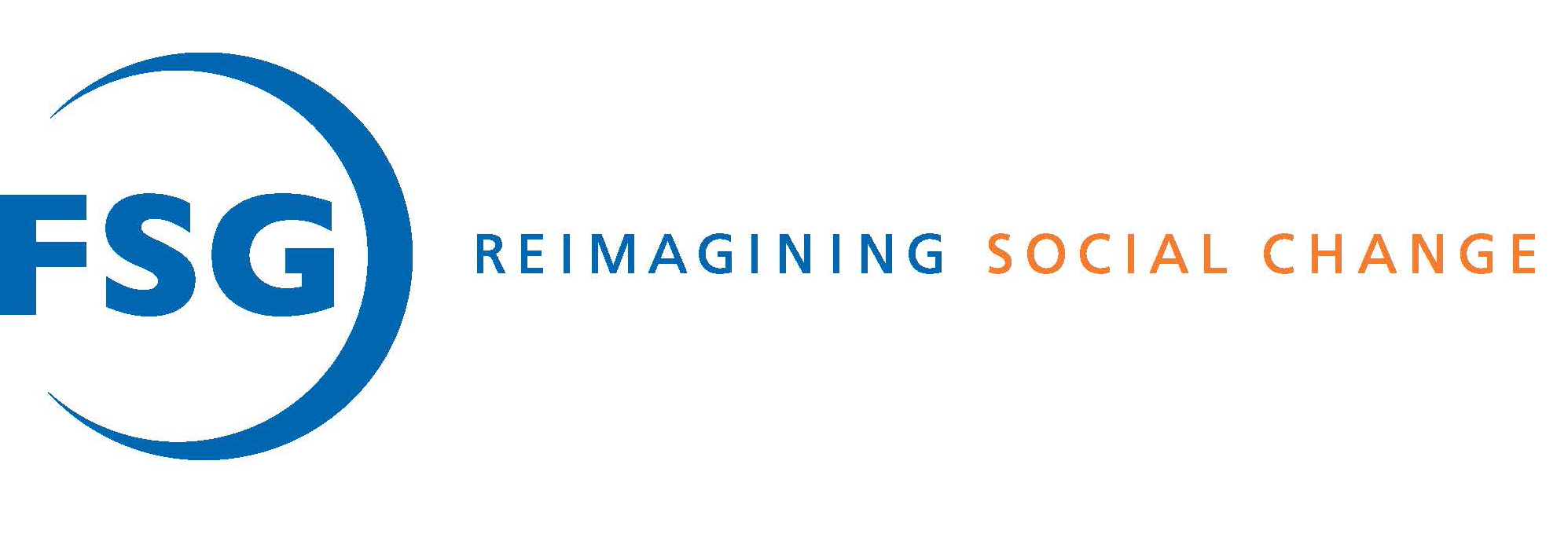Advancing the Circular Economy through Shared Value

Advancing the Circular Economy through Shared Value
The need and the opportunity to transition to a circular economy—an economic model that is restorative and regenerative by design—have become clear to many industries over the last 5 years. Companies like Apple and Google are innovating or redesigning their products and services to minimize resources utilized in production and to promote reuse and recycling of their products. The scale of these efforts, however, is often constrained by barriers in the supply chain and ecosystem. For example, creating a product that is more easily recycled will do little to reduce environmental impact in the absence of recycling infrastructure or consumer awareness. Without collaborative action across sectors and across supply chains, these nascent efforts will fail to meet their full potential.
The world already uses 1.5 planet’s worth of resources every year. By 2050, it is estimated there will be more plastic than fish in the world’s oceans. These statistics are staggering, but the inertia of our current economic model has prevented the scale of action needed to forestall disaster. While our current economic model is wasteful, inefficient, and ecologically harmful, circular economy strategies emphasize reusing inputs, recouping value from product parts, and optimizing efficiency and waste reduction.
The need for a transition to the circular economy is urgent, and it also presents a tremendous business opportunity for companies that redesign products and services, reconfigure value chains, and engage in meaningful transformation of the systems in which they operate. The circular economy is projected to become a trillion dollar opportunity in the near future.
Moving Beyond Products and Services
To realize the business opportunity in circular economy, companies across the globe and across sectors are starting to invest in shared value strategies. Unilever has committed to producing 100 percent recyclable plastic packaging by 2025, and currently embeds 25 percent recycled material into its plastic packaging. Royal DSM has partnered with Dutch carpet company Niaga to produce carpets made entirely from recycled polyurethane bottles. Kroger converts food waste into renewable energy—the 150 tons of food waste the company produces each day at its Ralphs/Food 4 Less Compton distribution provides energy that powers a 49-acre campus.
But product innovation only addresses one part of the problem. Companies operate in a complex system that does not support seamless development, use, reuse, and recycling of redesigned products. Companies that have launched ambitious targets to use more recycled content in their products are finding it difficult to source enough recycled material, according to Ellen Martin, who manages impact and reporting at Closed Loop Partners, “This material exists in the waste stream, but the current system does not efficiently process that material at the volumes and quality needed.”
Some companies are beginning to look at the systemic challenges, in addition to taking on product innovation. According to Jeff Wooster, Global Sustainability Leader at The Dow Chemical Company:
“Many of our products make plastics easier to recycle, but there are consumer awareness and infrastructure design challenges that can make recycling difficult. This is why we’re working to actively bridge the gap between sectors and develop a holistic approach to the circular economy while continuing to make an impact with our unique innovations.”
To make meaningful progress, companies need to better understand the full system and collaborate across the supply chain and across sectors. Companies pursuing circular economy strategies should seek out opportunities to connect with and learn from other organizations through platforms, like the U.S. Chamber of Commerce Foundation and the Ellen MacArthur Foundation’s New Plastics Economy Initiative. In addition, our work in this area suggests that companies need to consider 2 important questions:
What opportunities exist within companies’ product portfolios and value chains to adapt to the circular economy? Though many companies have started to pilot new products and services and redesign value chains, much more will need to be done across industries to fully transition to the circular economy. Companies need to assess their products and services through a circular economy lens and identify opportunities to innovate new business models to build competitiveness in an increasingly resource-constrained economy.
What role can companies play in strengthening disposal and recycling infrastructure? This challenge, an increasingly pressing global concern as more countries develop industrialized economies, constrains the effectiveness of products and services designed to fit into the circular economy. Companies need to map the system in a specific country, define their role, and develop a collaboration strategy since no single company or industry can take on the infrastructure challenge by themselves.
We will be exploring these areas over the coming months and welcome ideas from others on how companies can deepen collaboration to create more powerful pathways toward a circular economy.

